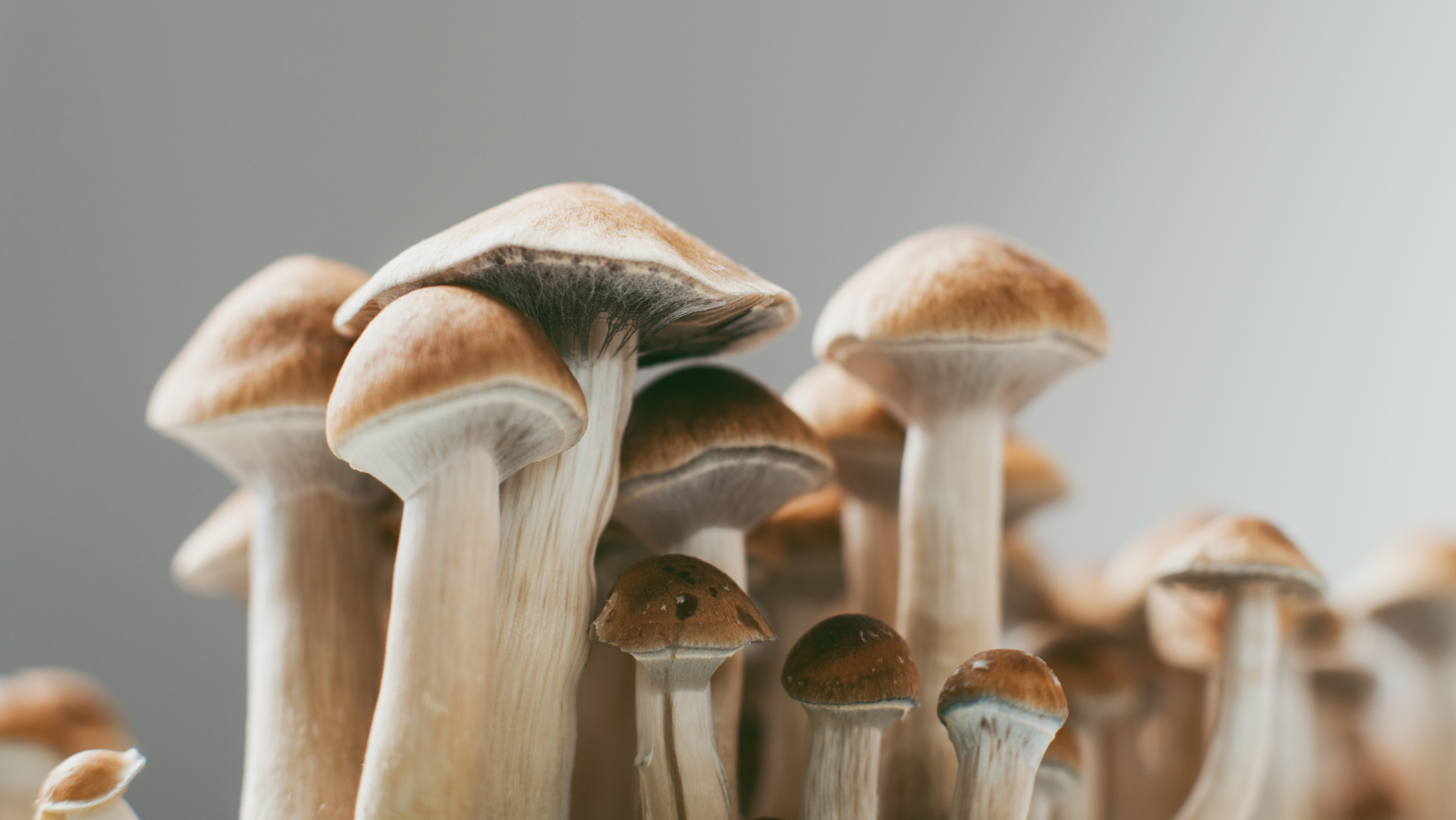
Fruiting Body vs. Mycelium - Which Mushroom Extract Is Right for You
There’s no doubt about it; mushrooms have become one of the hottest topics in wellness in recent years. From the gourmet to the functional, the once underrated fungi are now rightly being recogn...
